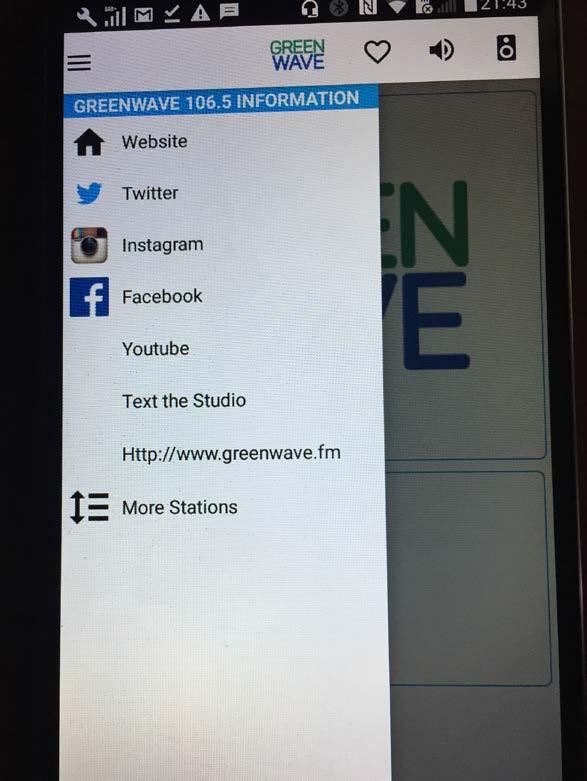
1 minute read
5.4. Demonstration activities and testing
Demonstration activities are usually undertaken in two groups: field strength and coverage testing, and feature testing.
Field strength coverage is usually predicted using modern propagation prediction tools which take into account accurate Digital Terrain Maps (DTM) and building and foliage clutter. Field testing is used to check the prediction and tune the models used. This is particularly the case for cities with significant high-rise buildings, which can cause areas of low field strength due to shadowing effects. This is a very important aspect of demonstrations as prediction is often used to help design the power and antenna patterns for permanent services during the allotment planning phase, and in the case of cities with many high-rise buildings a Single Frequency Network (SFN) of a number of transmission sites may be required to achieve the required coverage. It is sometimes also useful to do demonstrations in multiple different terrain types. Figure 5-3 (upper) shows an example field strength prediction and Figure 5-3 (lower) shows a correlation analysis between the predicted field strength and field strength measured along the route marked on Figure 5-3 (upper). The colour palette of the field strengths is shown in Figure 5-4
Indoor testing is also useful to check in-building field strengths and building entry loss values and the consequent field strength reference levels for different classes of coverage, for example rural/open, suburban, urban and dense urban. The values used differ from country to country due to differences in terrain, building structures and urban densities.
Feature testing demonstrates the capabilities of the system and can include testing of multiple receiver types, including car receivers and the demonstration of audio quality for different content types, metadata delivery and features such as announcements, Emergency Warning and Service Following. Hybrid radio is also now becoming common place and should also be demonstrated.


5.5. Reporting
The results of the testing are usually compiled into a report for all stakeholders to review. The report will also include recommendations regarding different aspects of the system, such as coverage deficiencies, the use of features and the availability of receiver types. The report is usually accompanied by a seminar presentation which allows stakeholders to enquire about aspects of the demonstration and the system performance.
The results of the education programme and the field demonstrations are critical inputs to the next steps in the process – formal standards adoption and system planning. The demonstration transmissions will often continue after the initial reporting and the decision to proceed to the next steps to allow further testing and demonstrations and in some cases help to “seed” the market with early adopters acquiring receivers. Early adopters are very important as broadcasters can try out new service concepts and music genres and get feedback.
An example Gantt chart of the initial investigations and technical demonstrations phases is shown in Figure 5-6.









